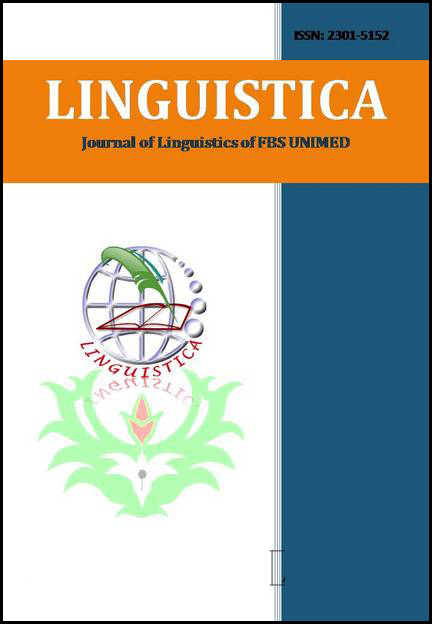Code-Mixing and Code-Switching in Efl Teaching: The Implementation and Perception
DOI:
https://doi.org/10.24114/jalu.v15i1.64477Abstract
Code-mixing and code-switching have become common phenomena in this multilingual era. In Indonesia, this refers to the use of English and Indonesian. This needs to be investigated regarding how the implementation of it especially in the education sector and how students perceive it. This research focused on Mathematics Education Department students whose background was non-English students, thus it can bring new understanding related to the use of code-mixing and code-switching on other departments which closely related to English itself. This research used descriptive qualitative to analyze the implementation and students’ perception of code-mixing and code-switching. Observations and interviews were conducted to obtain data. Therefore, it was found that code-mixing and code-switching were implemented during English teaching and learning process, especially when the lecturer explaining material, giving information, and interacting with students. Hence, even though the students lack of English mastery, they were able to understand the material, information, and instructions conveyed by the lecturer.Downloads
Published
2025-04-25
How to Cite
Yepi Sedya Purwananti, & SHELFIYA DWI NANDIYA. (2025). Code-Mixing and Code-Switching in Efl Teaching: The Implementation and Perception. LINGUISTICA, 14(1), 37–46. https://doi.org/10.24114/jalu.v15i1.64477
Issue
Section
Articles
License
Copyright (c) 2025 Yepi Sedya Purwananti, SHELFIYA DWI NANDIYA

This work is licensed under a Creative Commons Attribution-ShareAlike 4.0 International License.
Authors who publish with this journal agree to the following terms:
- Authors retain copyright and grant the journal the right of first publication with the work simultaneously licensed under a Creative Commons Attribution License that allows others to share the work with an acknowledgment of the work's authorship and initial publication in this journal.
- Authors are able to enter into separate, additional contractual arrangements for the non-exclusive distribution of the journal's published version of the work (e.g., post it to an institutional repository or publish it in a book), with an acknowledgment of its initial publication in this journal.
- Authors are permitted and encouraged to post their work online (e.g., in institutional repositories or on their website) prior to and during the submission process, as it can lead to productive exchanges, as well as earlier and greater citation of published work (See The Effect of Open Access).
- This work is licensed under a Creative Commons Attribution-ShareAlike 4.0 International License.









